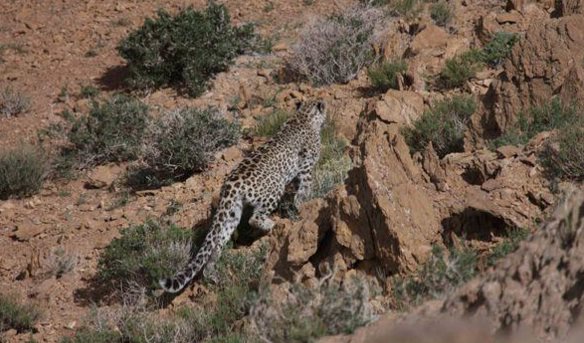Khosh Yeylagh
Located in Semnan and Golestan province, this beautiful 150057 ha region was designated protected area in 1967 and later wildlife refuge in 1975. The altitude range of 1097 to 2882 m and mean annual precipitation and temperature of 200-600 m and 8-12 C, respectively have resulted warm arid and temperate sub-humid climates. High diversity of ecosystems including mountainous Hyrcanian forests as well as arid plains has given the region a highly valuable biodiversity.

160 animal and 251 plant species including 58 endemic and rare species occur in the region. The dominant plant species of the forest sites of the region is chestnunt-leaved of the forest sites of the region is chestnut-leaved oak. Other important tree and shrub species are hornbeam beech, ash tree, Judas tree, cornel tree, hawthorn and juniper. The steppe vegetation cover is generally composed of saxaul, tamarisk, prickly thrift, wormseed, astragal, saltwort, acanthofyllum, borme grass, cousinia, ephedra and giant fennel. The main animal species in the region include red deer, roe deer, Eurasian lynx, wild sheep, wild goat, leopard, brown bear, wolf, wild boar, Pallas’s cat and fox. Goitred gazelle, houbara bustard and other kavir animal live in the plain areas. Persian wild ass and cheetah are the extinct animal species of the region.
In addition to the beautiful landscapes in Gol-e Sorkh valley, Zardabeh Plain and Olang forests close observation of red deer and roe deer in the dens northern forests. Visiting the habitats of red deer and houbrara buastard in the southern desert lands as well as high biodiversity of the region have altogether promoted tourist and research activities in the area.